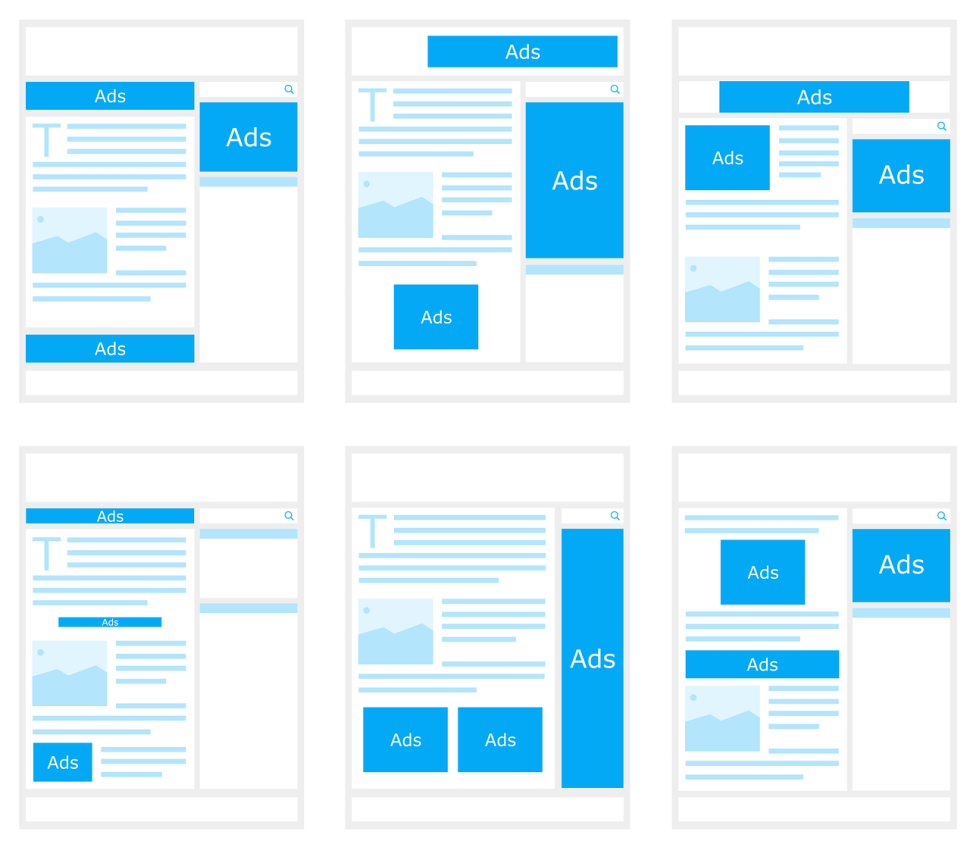In the current marketing landscape, investment in advertisement writing could make a huge difference. But how do you create a compelling ad copy?
Advertising has been around for almost as long as man has existed.
In ancient Egypt, advertisers used papyrus to make sales messages and wall posters. Likewise, scientists have uncovered commercial and political campaigns on the ruins of Pompeii and ancient Arabia.
Today, advertising has evolved to become an essential driving force behind the modern economy. Thanks to new-age technologies like the internet, businesses can now reach more audiences faster and efficiently.
But whether you’re scribbling on papyrus or typing on a WordPress site, the process begins the same way — creating a compelling ad copy.
Before we consider the essentials of writing one, let’s begin with the basics.
What Is an Advertising Copy?
An advertising copy refers to the main text that a copywriter uses in an advertisement. It could be a dialogue, a company’s dictum, or even a catchy punch line for the web, print, or TV advertising message.
Companies rely on this form of writing to engage a potential customer and convince them to make a purchase.
Essentials of Advertisement Writing That You Should Know

The first thing to consider before writing a copy is where to publish the ad.
Is your advertisement destined to appear on the pages of a local newspaper, advertising blog, or social networking site? Knowing the answer to this question allows you to create a copy that conforms with the advertising media.
For instance, a full-page advertisement in your local newspaper gives you room to play around with paragraphs. On the other hand, a Facebook ad could be limited to one or two sentences.
Besides, it’s impossible to incorporate videos into ad copies that’ll appear in print.
Other essentials of a good ad copy are as follows:
- Credibility: This refers to the extent of the ad message’s honesty. Misleading and misinterpreted advertisements can harm a company’s reputation.
- Attention-Grabbing: Good advertising copies often contain keywords, punch lines, or phrases designed to seize the attention of potential customers.
- Brief and Clear: An good ad copy goes straight to the point without omitting the vital elements of the ads. It’s easy to read and self-explanatory.
Finally, a good advertisement copy assures benefits. Rather than focus on the features alone, the text explains how the product or service can improve your customers’ lives.
As you may have guessed, the writing process is not as simple as it seems.
A tremendous amount of effort goes into crafting an ad copy. Aside from having an in-depth knowledge of the target audience, a good copywriter should also possess excellent advertisement writing skills.
That’s where this article comes in.
5 Advertisement Writing Tips To Help Create an Effective Copy

Here are some writing tips to help you create an ad copy that engages potential customers.
1. Tailor Your Ad Copy to Your Audience
Writing an ad for every consumer that can afford to buy your product sounds like a great idea. But it isn’t.
In reality, your product appeals more to a specific audience than the rest of the world. And you’ll achieve better results by tailoring your ad copy to these set of people.
Of course, this involves using languages and references that’ll appeal to your target demographics.
For example, if you’re running a limo rental service, your ad copy should contain language that portrays luxury and comfort. That way, your potential customers would be willing to pay a little extra for the service.
In other words, your copy must speak to the heart of the audience that could potentially become loyal customers. Note that in doing this, you might inadvertently make other people feel left out.
2. Draft the Perfect Headline
Your headline is your one shot at getting potential customers to read your ad. So, we can safely say that it’s the most critical aspect of your advertisement.
Like most businesses, you may be tempted to focus on plugging in keywords. After all, it’s the first thing a visitor would read. But, your competitors are already stuffing the same keywords into their headlines.
So, you won’t attract much attention by replicating the exact thing that they are doing. Instead, it would tell potential customers that you’re not innovative enough to come up with a compelling ad. This could reflect poorly on your company, even if you offer an excellent product or service.
To create an attention-grabbing headline, consider your potential customers’ intent. People often click on ads that promise to help achieve an end-goal, whether it’s to sell a book or enjoy a comfortable limo ride.
As such, you must consider what the user on the other end wants to achieve. Then, use a few — exciting, shocking, emotionally-compelling — words to propose the end-solution.
3. Follow-Up With a Substantive Ad Body
After drafting the perfect headline, it’s essential to follow-up with a substantive body. Otherwise, potential customers may perceive the headline as mere hype.
In your follow-up, consider explaining in detail how your product can improve your customer’s lives.
That means writing a personal copy that involves the use of the word “you” a lot. It also implies that you must demonstrate how customers can benefit from your product and not merely drop a long list of features.
4. Use the Right Tools to Optimize Your Copy
Spelling mistakes and poor grammar can harm your advertising copy.
In a recent survey, 59 percent said they wouldn’t use a company that has obvious grammatical or spelling mistakes on its marketing material. Aside from poor grammar, you also have to worry about your copy’s readability, relevance, and visibility.
Luckily for you, tons of online tools can help handle this aspect of ad copywriting. But, our favorite tools are KWFinder and INK.
With KWFinder, you can identify the keywords that are relevant to your business. INK, on the other hand, is an all-in-one web writing tool that addresses the issue of readability, spelling, and grammar.
More importantly, the web writing software can help optimize your ad copy for search engines.
5. End With a Call-To-Action
At this point, you’ve done the essential things.
Along with using a keyword that’s close to the search term, you’ve also optimized your copy for search engines. Yet, you may not get the necessary clicks without telling your audience what to do next.
That’s where the call-to-action comes in. It’s a strong ending that tells your audience how to contact you and buy your product.
While you could use standard CTAs such as “Call Now,” “Click On the Link,” or “Buy Today,” don’t be afraid to get creative. For example, instead of “Click On The Link,” you could write, “Start your journey today.”
Final Word On Advertisement Writing
There’s no perfect formula for ad copywriting. To create a better copy, you must be willing to test, make mistakes, and continue testing.
So, try appealing to different emotions on every ad copy. You could also experiment with various call-to-actions and identify the ones that produce the best results.
Yes, ad writing is constant testing and identifying the things that work. But seeing it in that sense makes it seem like so much hard work.
Instead, think of your advertising copies as a continuous journey towards improving your ROI.



















Nice thots there!